Eternal city, which managed to adapt the identity of every culture that was established. If you have already come, you have surely arrived at this point wanting to know more, this time as it should be, if you do not know it yet, do not wait any longer and plan a route that covers if possible all the tourist variety, mixing the joy and the open spirit of its nights, its tapas, its modern infrastructure, the Mudejar, the modernism and the Roman. As you know, you are in front of a city with thousands of years of history, so we leave you this tourist map of Zaragoza with the best of Cesaraugusta and much more, so that you can have a more interesting view of what you think you know about it. Original in its street rhythm, with a lot of varied places so that you don’t get bored, and with some of the most outstanding monuments of the community of Aragon.
Tourist Map of Zaragoza
Contents
Zaragoza is located in a strategic valley connecting cities such as Madrid, Barcelona, Bilbao and others. Therefore, it is not surprising that its geopolitical importance and its population of 664,000 people place it among the five most populous cities in Spain. Its name is merely an expression of multiculturalism; Caesaraugusta, in tribute to the first Roman emperor, became deformed by the Arab culture as Saraqusta. Always heroic and immortal, it was key during the war of independence against the Napoleonic empire and today boasts a multifaceted cultural scene. Cinema, theatre, music, literature, festivities and gastronomy are the way to express all the good things in this city with an excellent historical and opulent architecture, museums where you can learn about different topics and of course natural environments inside and outside the city. In the same way there are many places for leisure, bars and balconies as a ring to the finger for adventurous and fun people.

You can take a whole day to tour the city’s tourist sites, which generally lend themselves to a block. A good place to start would be the Stone Bridge, perfect as an entry point to medieval Zaragoza, precisely because of the Plaza Nuestra Señora de Pilar with the Cathedral of San Salvador on the front line. If we want to verify the Arab legacy then the Mudejar art of the Aljafería Palace would give us a clue, or the exterior of the San Pablo Church, with a Renaissance interior finish. If you are interested in art, you might be interested to know that the city has a museum dedicated to the artistic evolution of Francisco de Goya; it would be great if you could appreciate the before and after of his influence and artistic legacy. We’ve mentioned enough but you still can’t avoid the Roman past on a visit to the museum at the forum of Caesaraugusta.
Tourist Guide of Zaragoza
The city also offers natural spaces without having to leave it. We can combine them with everything listed in our Zaragoza tourist guide. Its monumental, museum and artistic compendium is usually gathered in different areas of the city, so use this map to locate them. We hope that this list will be useful to you, as we have prepared the necessary information for you to know enough to focus on its details, just to lose yourself with your eyes and get familiar with everything.
What to see in Zaragoza
Aljafería Palace
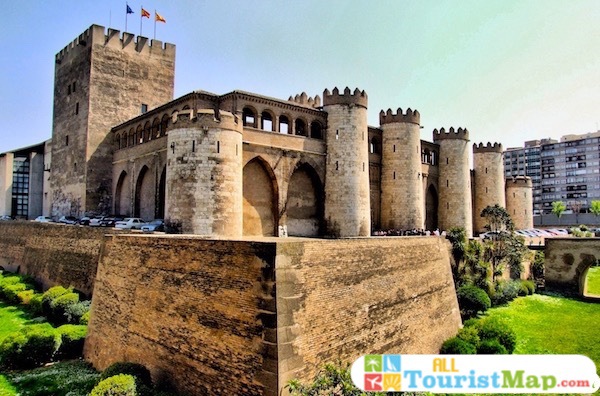
This palace as well as many Moorish buildings had various uses throughout history. Therefore, it turns out to be a treasure chest of stories, especially if this building, once a Taifa fortress, is unique in its style. The Troubadour’s tower still remains in good condition; for defensive purposes it has an elevation of 5 levels belonging to the 9th century, older than the palace itself and because of its functions it became part of the fortified complex built by Al-Muqtadir. After being a fortress and a Mudejar palace, it was widely used by Christian monarchies. It was a prison for heretics and a meeting place for the courts of Aragon. Around the tower are towers and walls adding to the mystery of the interior which in earlier times attracted the attention of those who dared to penetrate it. Today you can access its mosque courtyards and beautiful halls.
Cathedral of El Salvador in Zaragoza

As it happens in some cities of Spain, this cathedral supposes the conservation in mystical points of the city where in previous times it served as the Roman forum, mosque and Visigothic church. It is practically as if this point was destined to house important buildings. It is worth visiting it and feel the magnetism of diverse cultures that still surrounds it. As it has different artistic tendencies, it represents an important place in the group of monuments that Aragón offers to humanity. The late Roman style merges with the internal elements that denote the Renaissance. In turn, the Baroque style makes room for the Gothic style to blend in with the Mudejar style. When you enter the cathedral the impression moves you to a heavenly place, thanks to the game that the natural light makes inside. Enjoy this experience next to the Tapestry Museum in the heart of the Plaza de la Seo.
Plaza de Nuestra Señora del Pilar

If you come for a monumental tour then this spot can give you a good slice. It’s basically the nerve center of the city. Thanks to the long and complex history, this square has been given important monuments. Although you organize them in an itinerary, surely in one day you will be able to visit and appreciate all its jewels. A good place to start would be the Basilica of Nuestra Señora del Pilar; Baroque art makes this sanctuary the most important in all of Spain. The particular thing about this square is that an important group of cathedrals come to life and seem not to worry about competing with the attention of visitors; each with its own particular beauty such as the Cathedral of San Salvador. Another place of great importance is the Lonja de Zaragoza; a 16th century commercial building that currently serves as an exhibition hall for the City Council.
Stone Bridge

It’s an excellent spot to appreciate the oldest part of the city. Where there once was an elaborate old pass, today a 15th century stone bridge stands. For about 2,000 years this point is tested as an important link of the city over the Ebro. In historical accounts and archives and works of art this pass was the triumphal gateway of the Crusades to the Arab invader. Its construction, which evokes a Gothic style carved in stone, recalls that medieval era. Next to it you can still see ruins of nearby residences and the old customs. Characters like Alfonso the Battler I, the Baron d Warsage and the martyrs Boggiero-Sas feed a morning of stories through the stories by the local wisdom and the inscriptions that immortalize the events that they led throughout history.
Goya Museum – Ibercaja Collection – Camón Aznar Museum
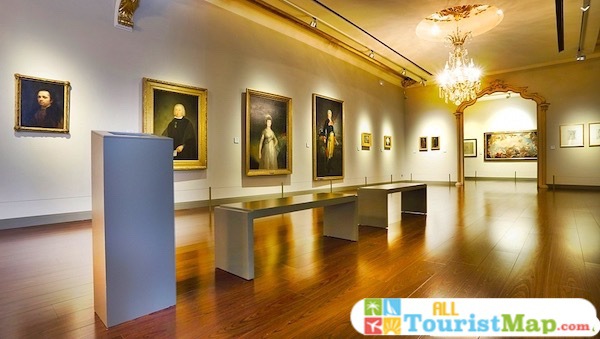
It is an excellent opportunity to have contact with the artistic movements of painters like Francisco de Goya and some contemporaries of his stature and time. Going a little deeper, you will be able to contemplate those inclusions that guided the steps of this artist -Goya-. Some of them are Rabiell, Berdusan among the most notable within the baroque trend in Aragon. As if it were a chronological tour, you can see how his work took shape. Through the different works you will be able to witness from its beginnings to its peak moments. This project, work of the foundation Ibercaja gives an excellent opportunity to know a before and after the work of this artist. There are around 500 copies on permanent exhibition.
Big Park José Antonio Labordeta
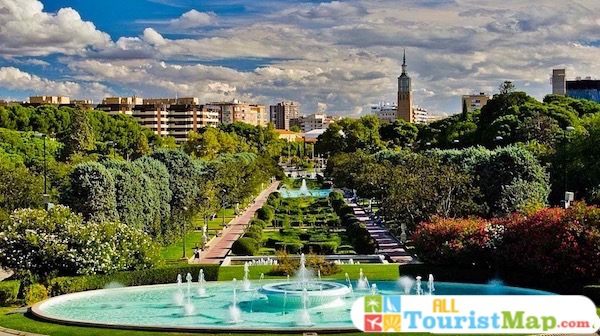
An immense park of about 400 thousand kilometers of area is named after the illustrious polyglot José Antonio Labordeta. By the will of his friends and visitors, they have managed to put his name in the local ideology in this site highly frequented by his figure. In addition to its size, it has the most complete recreational facilities in the city. When it comes to green areas and outdoor activities, we recommend a visit to this place. Here you will surely have the green light to rest. You can take walks while you discover its most memorable corners, decorated with an excellent ornamental garden. The Paseo de los Plátanos and the Paseo de San Sebastián are adorned with beautiful backgrounds full of shades and sculptural forms. But if you prefer, you can venture out on a route along the banks of the River Huerva.
River Aquarium of Zaragoza
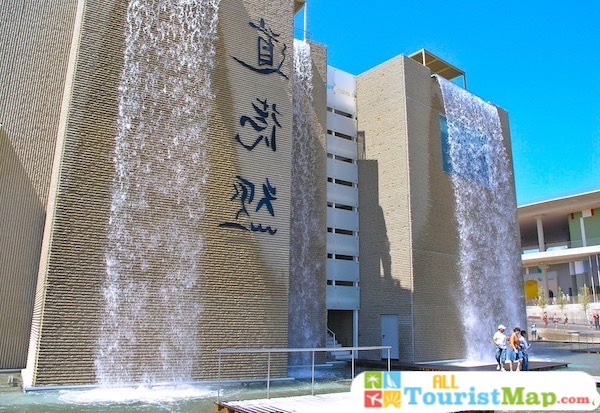
It is a huge freshwater aquarium; it is practically the largest of its kind in the whole of Europe. And hundreds of species contribute to a wide range of river biodiversity that spans different parts of the planet. Over 3,400 square metres, more than 5,000 living creatures make space in areas adapted to their environment. They are distributed in different geographical environments. The visit becomes interesting when discovering that the thematic by zones will make us experience a fantastic adventure merely educational by the Rivers Nile, Amazon. Important scenarios of Asian lakes project their species that bloom at the mouths towards the Pacific Ocean. One of the most colorful shows are the reef ecosystems, where the coral serves as a platform for diverse and colorful species. But the main course represents the life that the Ebro shelters, which reserves a rich sample of its local fauna.
Church of San Pablo

Despite its annexes, this church retains a formidable Mudejar style in the neighborhood of the same name. In ancient times it housed guilds and after the reconquest it underwent a remarkable expansion. Built on top of an old chapel, it originally had a single nave; its bell tower serves as a lookout point where you can get beautiful views of the surroundings. To admire the beauty, it is enough to stand in front of it at a certain distance to detail its annexes such as the cloister that lies around the bell tower. This construction lets you see in its pointed windows the mixture of Gothic and Mudejar art from the 13th and 14th centuries. Its chapels of a brand new Renaissance art and among them the presbytery, has a complex work in silverware. It is an essential visit, especially when it is the third most important temple in the city.
Museum of the Forum of Caesaraugusta
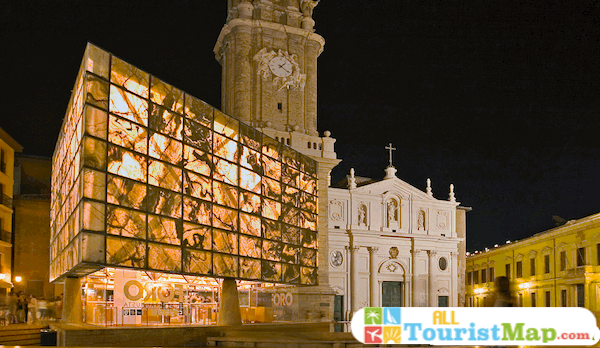
In addition to housing the remains of the ancient Roman forum, it has real indications of the era in which this magnificent Roman polis originated. Parts of what was a complex system of aqueduct and sewage. Each period since its foundation is detailed in a vast collection of pieces supported by graphic material. It recreates those first settlers who established themselves on the banks of the Ebro, but without losing the focus of this wonderful place that by stages was shaping what would become an important forum. The curious thing about the museum is that it is located underground; to access it you must go to the centre of the city, right in the Seo. You will have the most relevant of the Roman city inside the vestiges of the ancient forum. The tour takes about 1 hour.
Map of hotels in Zaragoza
Because it is connected between important cities you may be passing through. Perhaps you are a searcher of charming places and have fallen into this place. You are lucky, because most likely a simple overnight stay or a fleeting tour risks turning into several days of excitement and discovery. Returning to the idea of distance and location it is important that you become familiar with the accommodations. There are many different areas, some with more advantages due to location or quality of service. And that is why our map of hotels in Segovia comes into play; simply to connect you with all the information available. Whether it is in the historic centre or on the stone bridge, you will have options to compare. Hotel Catalonia el Pilar may bring you closer to everything you are planning to visit; everything within reach such as the Plaza el Pilar, the Tube and the Cathedral.
